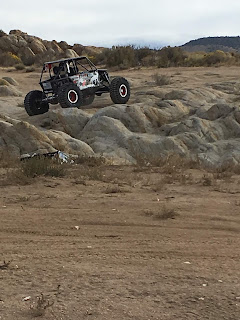Today, we are going to be taking a look at the life and
accomplishments of Sacagawea. Most people recognize Sacagawea as the young
Native American woman who accompanied the Lewis and Clark expedition as they
made their way west, but what was her exact role?
Sacagawea was from the Shoshone Tribe and was born around
1788. Little is known about her early life, but she was kidnapped by Mandan
Indians when she was around 12 years old and taken to their village, located in
what is now North Dakota. When she was around 13 years old, she married a French-Canadian
trapper named Toussaint Charbonneau. Sacagawea was actually his second wife.
In 1804, when the Lewis and Clark expedition was wintered
at Fort Mandan, they agreed to hire Charbonneau and Sacagawea as interpreters,
as Charbonneau spoke Mandan and Sacagawea spoke Shoshone. Sacagawea also gave
birth to a son, Jean Baptiste that winter, who she would carry with her
throughout the entire expedition. As the expedition left Fort Mandan in the
spring, Sacagawea would prove to be an invaluable member of the party. While
Charbonneau did provide a role as a translator and cook for the expedition, he
was generally disliked by several members of the party. In several instances,
he proved to be cowardly and lazy, nearly capsizing a boat that held valuable
items of the expedition, as well as his unwillingness to perform guard duties
and perform manual labor.
However, Sacagawea greatly helped the expedition on
numerous occasions. When meeting the Shoshone Tribe, she recognized the chief,
who happened to be her own brother. The expedition was able to trade for horses
and the Shoshone provided guides to cross the Rocky Mountains. While Sacagawea
is mostly recognized as a guide for the expedition, her role was more of an
interpreter. However, she greatly benefited the expedition in several ways.
The presence of a Native American woman and her baby helped
give the expedition a non-threatening presence to the various tribes that were
encountered on their journey west. Helping the expedition establish positive
relations with these various tribes was perhaps her greatest benefit. Sacagawea
was around 16 years old when she joined the expedition, and to carry an infant
the entire way (and back) is an amazing feat. She also recognized several
landmarks that helped the expedition choose optimal routes on their way to the
Pacific Ocean.
After the expedition, William Clark provided an education
at the St. Louis Academy for Sacagawea’s son, Jean Baptiste, who she had
carried throughout the journey (Clark would later adopt Jean Baptiste). Little
is known about her life after the expedition. Some accounts state that
Sacagawea died from a fever at 25 years old. Some Native American accounts
believe that she lived to be in her 90s.
Sources:
2.
Lewis,
Meriwether; Clark, William; et al. (1805). "August 17, 1805". The Journals of the Lewis and Clark
Expedition. University of Nebraska–Lincoln.
3. Hebard, Grace Raymond (1933). Sacajawea:
Guide and Interpreter of Lewis and Clark (2012 ed.). Courier
Corporation.


